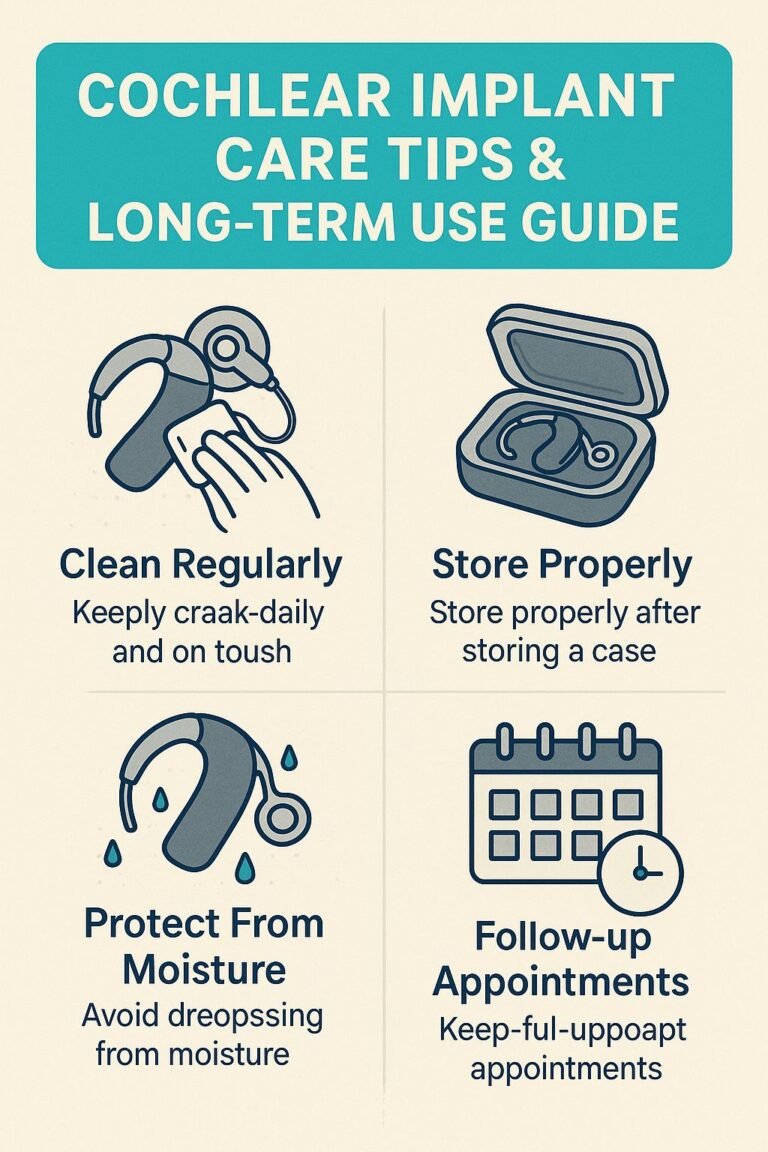[ad_1]
Ergonomics is the science of designing workspaces to fit the capabilities and limitations of employees. It aims to optimize workers’ well-being and productivity by reducing the risk of musculoskeletal disorders (MSDs), which are injuries that affect muscles, tendons, and nerves caused by repetitive movements, awkward postures, or forceful exertions.
Preventing injuries is crucial for maintaining a healthy and productive workforce, as well as reducing healthcare costs and absenteeism. According to the Bureau of Labor Statistics, MSDs accounted for 31% of all workplace injury and illness cases in 2019. That’s why companies should prioritize ergonomics as part of their safety program, especially in industries that involve repetitive, manual tasks such as manufacturing, construction, healthcare, and office work.
Here are some reasons why ergonomics is essential in preventing workplace injury:
1. Reduces physical strain: Poor ergonomics can cause employees to work in awkward positions, which can lead to muscle strain, joint pain, and fatigue over time. By providing ergonomic equipment such as adjustable chairs, desks, and tools, workers can avoid unnecessary physical strain and maintain a neutral posture that minimizes the risk of injury.
2. Improves job satisfaction: When workers feel comfortable and supported at work, they are more likely to be productive and satisfied. Ergonomic design can help reduce discomfort, pain, and stress, thus promoting a positive work environment that fosters employee engagement and retention.
3. Increases safety awareness: Ergonomic training can educate workers on proper lifting techniques, posture, and body mechanics, which can reduce the risk of injuries caused by manual handling. By promoting safety awareness, workers can develop good habits that prevent accidents and injuries.
4. Enhances productivity: By optimizing work environments and reducing physical strain, ergonomic design can improve productivity and efficiency. Workers who are less fatigued and in less pain can perform tasks with greater accuracy and speed, which can improve the quality of products and services.
In conclusion, ergonomics is critical in preventing workplace injury and improving employee well-being. By investing in ergonomic design, companies can create safer, healthier, and more productive work environments that benefit both employees and the bottom line.
[ad_2]







